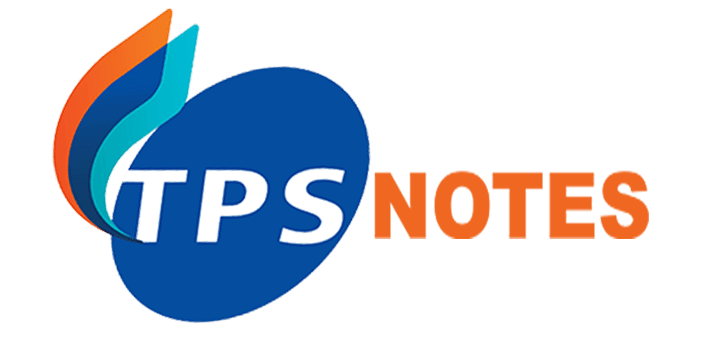Initial Part of Project
A cover page of a project is a page located at the beginning of a document that provides information about the project, its authors, and its purpose. The cover page typically includes the following information:
Title of the project: The title of the project should be prominently displayed at the top of the cover page, and it should accurately reflect the content and focus of the project.
Author(s) name: The names of the author(s) or project team should be listed, along with their respective roles and affiliations.
Date: The date the project was completed or submitted should be included.
Course/Subject: The name of the course or subject for which the project was completed should be listed.
Instructor/Supervisor: The name of the instructor or supervisor who assigned the project should be included.
Institution: The name of the institution where the project was completed should be listed.
Logo: If required, the logo of the institution or organization may also be included.
The cover page of a project is an important component of the document, as it provides the first impression to the reader and sets the tone for the rest of the work. It should be well-designed and visually appealing, while also clearly conveying the necessary information about the project.
A cover page of a project is a page located at the beginning of a document that provides information about the project, its authors, and its purpose. A cover page is typically the first page of a document or project and is designed to provide important information about the document or project to the reader. This information can include the project or document title, the names and affiliations of the authors or contributors, the date of creation or submission, and any other relevant details about the purpose or scope of the project. The cover page is often used as a way to make a professional and organized first impression on the reader, and can help to set the tone for the rest of the document or project.
In the context of a project, a declaration is a statement that defines a particular aspect of the project. It is usually a formal announcement of the project’s goals, objectives, scope, and requirements.
Declarations can take different forms depending on the specific context of the project. For example, a project declaration could be a project charter, a project plan, a project scope statement, or a project proposal.
The main purpose of a declaration is to establish a shared understanding among project stakeholders about what the project is intended to achieve, how it will be done, and what resources will be required. It helps to ensure that everyone involved in the project is on the same page and working towards the same goals.
In summary, a project declaration is a formal statement that sets out the essential details of a project, and serves as a reference point for everyone involved in the project.
Supervisor’s recommendation is a reference or endorsement provided by a current or former supervisor about a person’s work performance, skills, and character. It is typically required as part of a job application process or when a person is seeking to advance their career.
Supervisor’s recommendations can take various forms, such as a formal letter of recommendation or a brief endorsement via email or phone. A good supervisor’s recommendation should highlight the person’s strengths and provide specific examples of their accomplishments and contributions to the organization. It should also describe the person’s work ethic, interpersonal skills, and ability to work collaboratively with others.
A supervisor’s recommendation can carry significant weight in a job application process, as it provides insight into the person’s abilities and potential for success in a new role. It is important for the person requesting the recommendation to choose a supervisor who can speak positively and honestly about their work performance and character.
A letter of approval is a written document that confirms that an individual, organization, or entity has met certain requirements or has been deemed suitable or qualified for a particular purpose. The letter typically contains the details of the approval, including the name of the person or organization who has been approved, the purpose of the approval, and any terms and conditions that may be associated with the approval.
Letters of approval are commonly used in various contexts, such as in employment, education, and business transactions. For example, an employer may issue a letter of approval to confirm that an employee has been approved for a promotion or a pay raise, while a school may issue a letter of approval to confirm that a student has been accepted into a particular program or course.
Overall, a letter of approval is a formal way to confirm that someone has met certain criteria or requirements, and that they have been deemed suitable or qualified for a particular purpose.

